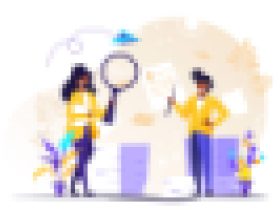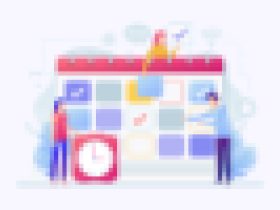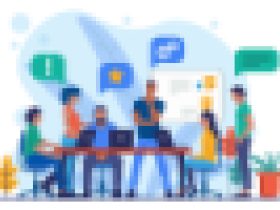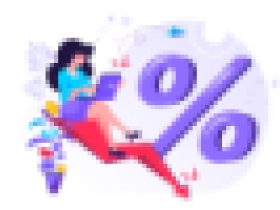Just Google the word “Web 2.0” and you would end up with 94,100,000 results. Well what does this mean? Why has this word become so popular? Is this an application? A concept? A marketing term? No, it’s just a pattern or business model to help a website survive and grow in today’s web world.
In the end of the last century, there was a severe boom and hype on the Internet industry. People believed that no one would go to a shop, office or school again as they would use internet for all these activities. However, soon the world came to know that the web was overhyped and the dot-com burst fell drastically. Internet boom was busted.
This marked the birth of new age websites. The websites which prevailed the burst also had something in common. This was first noted and presented at the O’Reilly Media Web2.0 conference in 2004.
Web 2.0 defines using the web as a platform and building services and applications around it.
O’Reilly formulated Web 2.0 as below:
Web 1.0 Web 2.0
DoubleClick --> Google AdSense
Ofoto --> Flickr
Akamai --> BitTorrent
mp3.com --> Napster
Britannica Online --> Wikipedia
personal websites --> blogging
evite --> upcoming.org and EVDB
domain name speculation --> search engine optimization
page views --> cost per click
screen scraping --> web services
publishing --> participation
content management systems --> wikis
directories (taxonomy) --> tagging ("folksonomy")
stickiness --> syndication
Lightweight business models can be enabled by syndication of content and services. Web 2.0 relates to such websites which communicate, share and publish content with other websites.
O’Reilly described that the Web 2.0 tagged websites fall under four hierarchy levels.
Level-0 : Applications work online as well as offline. Examples of such websites include Google Maps and Yahoo! Local.
Level-1: Applications which can work offline and have to connect to internet to download features, plug-ins or updates fall under this category. iTunes, Google Docs, Google Spreadsheets are some examples.
Level-2: Sites like Flickr can operate offline however, if connected online can acquire additional features like photo sharing and community features. Such sites are termed Level -2.
Level-3: Level 3 applications live on the internet. They are dead when offline. A large number of applications fall under this category. Skype, Adsense, online community and sales websites like del.icio.us, eBay, Craigslist all fall under this category.
O’Reilly also specified that email, telephone and instant-messaging clients do not fall under this hierarchy.
Many technology experts have however argued upon these hierarchy, stating that these are not properly defined and do not have a reason based guideline.
Sir Tim Berners-Lee, who implemented the first successful communication betweek HTTP client and server via Internet, considered as the father of Internet questions whether one can use this term in a meaningful way. He mentions many of these Web 2.0 technology components existed since early days of the web.












Leave a Reply